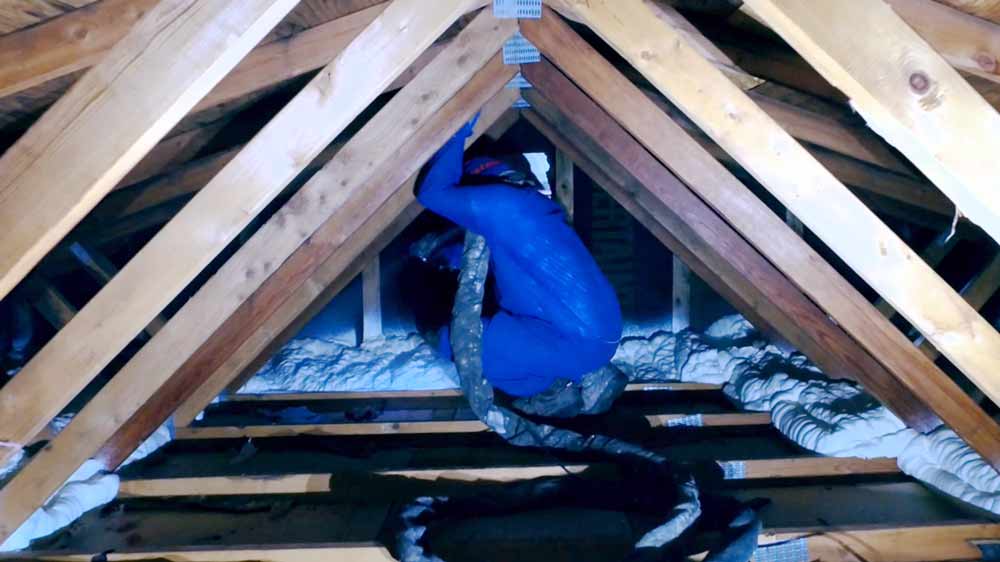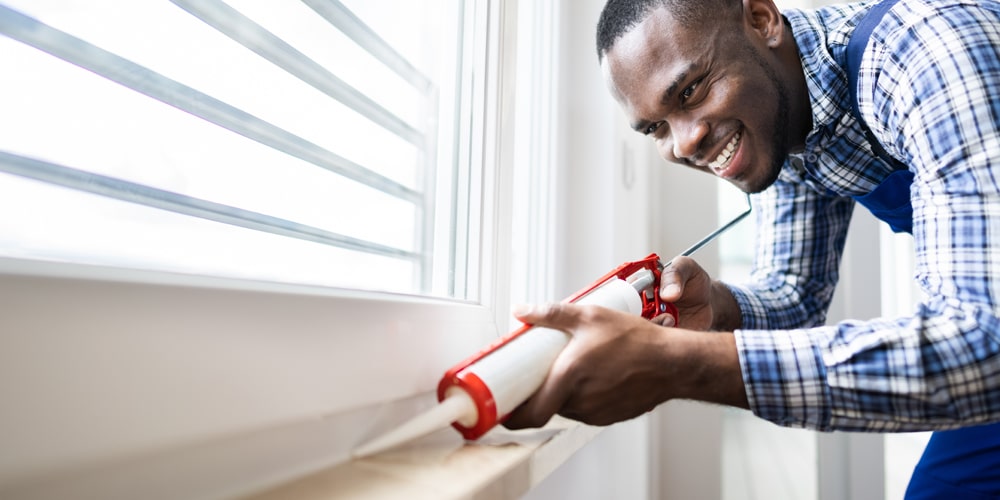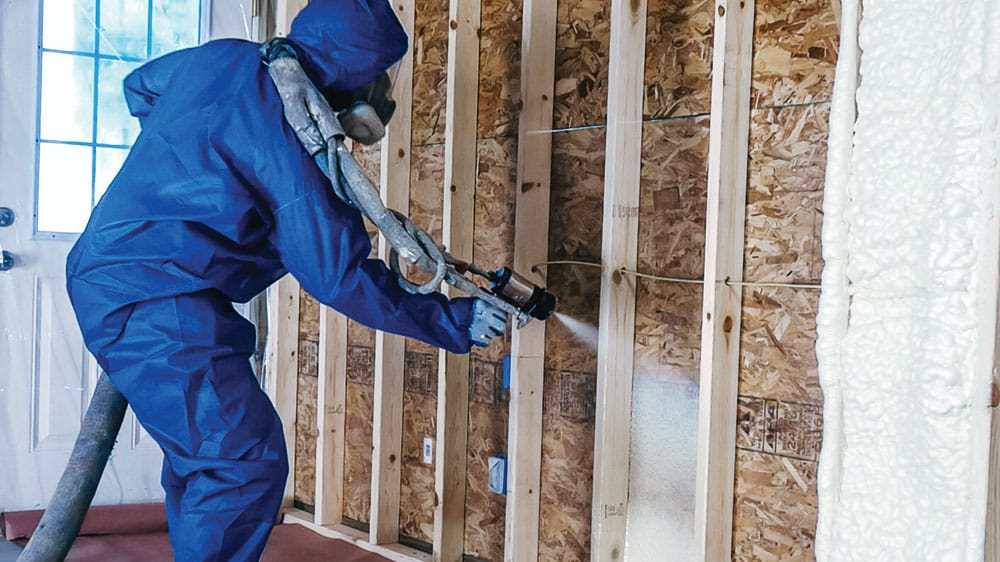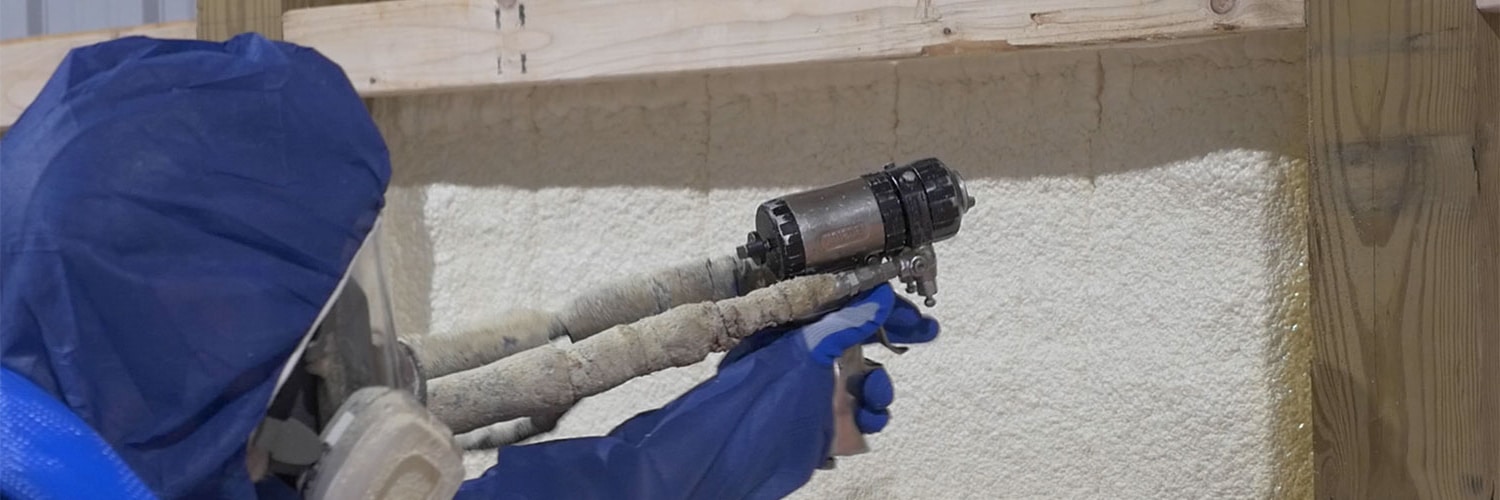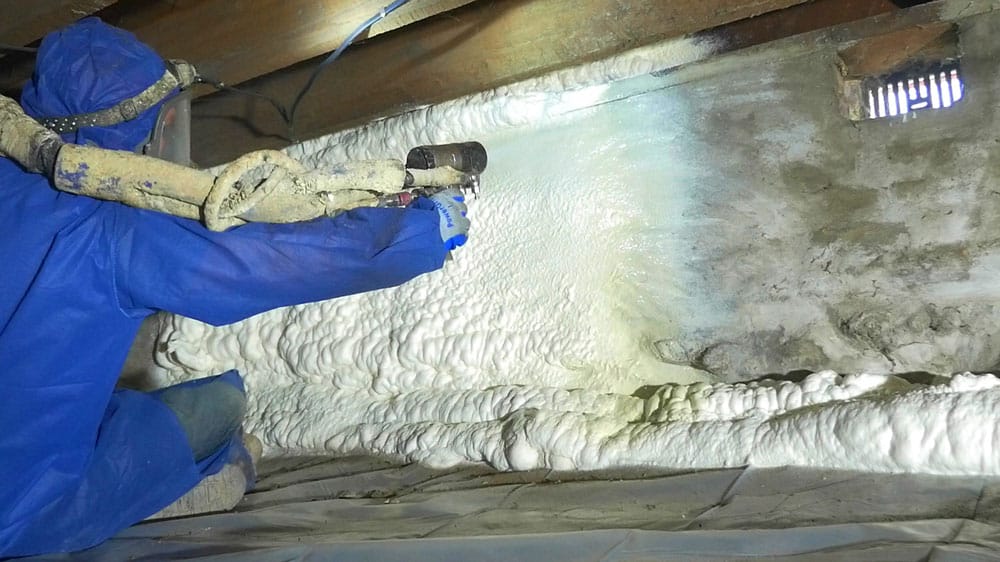You know your attic needs new insulation, but the big question remains – how do you insulate it?
Inadequate or no insulation in your attic can cause several problems, including difficulty maintaining a constant temperature, high monthly energy bills, and mold and mildew growth, just to name a few.
RetroFoam of Pittsburgh has experience insulating attics all across the Pittsburgh area, so we know quite a bit about how to get the job done. As part of our mission to educate homeowners, we will discuss the most common ways to insulate an attic in Pittsburgh, including using cellulose, fiberglass, and spray foam insulation.
How to Insulate an Attic with Cellulose
Cellulose is one of the oldest insulation materials used in homes. It is made from recycled newspapers or denim.
These small particles form an insulation material that conforms to most spaces without disturbing the structure or finish. The material can be either loose-fill or blown-in and can be used in the attic.
Pros and Cons of Cellulose Attic Insulation
There can be advantages and disadvantages when adding cellulose attic insulation to your home.
The pros of insulating the attic with cellulose are that it can be a Do-It-Yourself project and is a fairly inexpensive insulation material.
The cons of using cellulose are that the material can create a mess all throughout your home if it isn’t installed correctly. Loose-fill cellulose in an attic with furnace duct systems will circulate dust from the material throughout the home.
Cellulose Attic Insulation Installation Process
Cellulose insulation can be installed as blown-in, loose-fill, or dense-packed. It can also be spray-applied with moisture added.
The dry blown-in cellulose insulation can be installed by using a machine to blow the material into the floor joists of the attic. When cellulose insulation is damp sprayed into the attic, a small amount of moisture is added at the spray nozzle tip, adding natural starches to the material helping it adhere to either the roof deck or floor of the attic.
Cellulose Insulation Cost
The cost to insulate an attic with cellulose insulation can vary greatly depending on the material you plan to use and the size of the area to be insulated.
Another cost to consider is all the materials like gloves, face masks, goggles, and even the machinery to install the insulation. Just adding more cellulose to existing insulation would be cheaper than if the attic has no insulation at all because more material is required.
Hiring an experienced contractor is the more expensive option, but can save the homeowner money in the long run and is less stressful. Many times if a homeowner isn’t experienced in installing the cellulose, they will use more product than they need as they attempt to figure out the correct coverage.
How to Insulate an Attic with Fiberglass
Fiberglass insulation is made of extremely fine glass fibers. It is an insulation material that is used as batts and rolls or loose-fill.
Pros and Cons of Fiberglass Attic Insulation
There are pros and cons when installing and handling fiberglass insulation.
While it can be an inexpensive DIY project, the homeowner must ensure they take the proper safety precautions.
When handling fiberglass insulation, a person must wear gloves, long-sleeved shirts, pants, goggles, and a face mask. Small fiberglass materials can come in contact with the skin and lodge in the pores and can even be inhaled.
Fiberglass Attic Insulation Installation Process
Fiberglass insulation can be installed in the attic as either a DIY project or a homeowner can hire an experienced and licensed contractor.
Fiberglass batts are typically stapled into place in the attic. These batts are manufactured with a paper or foil backing that faces the direction of a source of warmth.
Bags of fiberglass come as a loose-fill that can be blown into the attic cavities. A handyman homeowner can install either form of fiberglass in the attic on their own but must take precautions when handling the material. The insulation must also be cut to perfectly fit the cavities in the attic, or air leaks will still occur.
Fiberglass Insulation Cost
The cost to insulate your attic with fiberglass varies depending on the size of the area to be insulated, the amount of labor needed if a contractor is hired, and also the cost of supplies.
Making the fiberglass insulation installation a DIY project is cheaper, but if there are problems along the way, it could end up costing the homeowner more money in wasted materials.
How to Insulate an Attic with Spray Foam
Spray foam insulation is a water-blown and organic chemical compound derived from petroleum extracts.
Open cell spray foam insulation can expand up to 100 times its original size to fill every nook and cranny of the attic area and can be used in the attic flat or roof deck.
Pros and Cons of Spray Foam Attic Insulation
Spray foam insulation creates an air seal in the home that can not only make it more comfortable but also save money on monthly energy bills.
Another pro of spray foam insulation is that there is no dust that can spread throughout the home during the installation or over time.
The cons of spray foam insulation are that the material must be installed by a licensed and experienced contractor. Some brands of open cell spray foam have a slight odor following the installation, so it’s important to know what is being installed in the attic.
While spray foam insulation is the more expensive option, the savings on monthly energy bills are higher than more traditional forms of insulation.
With spray foam attic insulation, the house will also be more comfortable with the air seal. Another benefit of spray foam attic insulation is that the material lasts a lifetime and doesn’t need to be maintained like traditional insulation that would need to be replaced in the future.
Spray Foam Attic Insulation Installation Process
Before the spray foam insulation can be installed, any old traditional insulation like cellulose and fiberglass must be removed.
After the removal is complete, the spray foam contractor will run a hose up to the attic and in most cases spray the roof deck to seal the envelope of the home. In some cases, the floor of the attic is the better option, but in this case, the attic must have ventilation.
Spray Foam Insulation Cost
Much like the traditional forms of insulation, the cost to insulate an attic with spray foam varies on the size of the area.
The size of the area is the largest contributor to the cost of the attic project. The bigger the space, the more expensive the job will be. The thickness of foam sprayed is also a factor. The standard amount of foam spray is six inches for open cell.
Choosing the Right Attic Insulation in Pittsburgh
You have now read through the choices for attic insulation, and it is time to decide which material is the best fit for your attic and needs.
If you are considering spray foam insulation for your attic and live in Pittsburgh, give RetroFoam of Pittsburgh a call for a free estimate at 412-228-4506, or fill out the form on our website. If you want to learn a little more about foam insulation and what it has to offer, check out our Learning Center.
By understanding how to insulate your attic, how to insulate an attic with spray foam, and how to insulate attic roof rafters, you can make an informed decision that will help you achieve a more comfortable and energy-efficient home.

